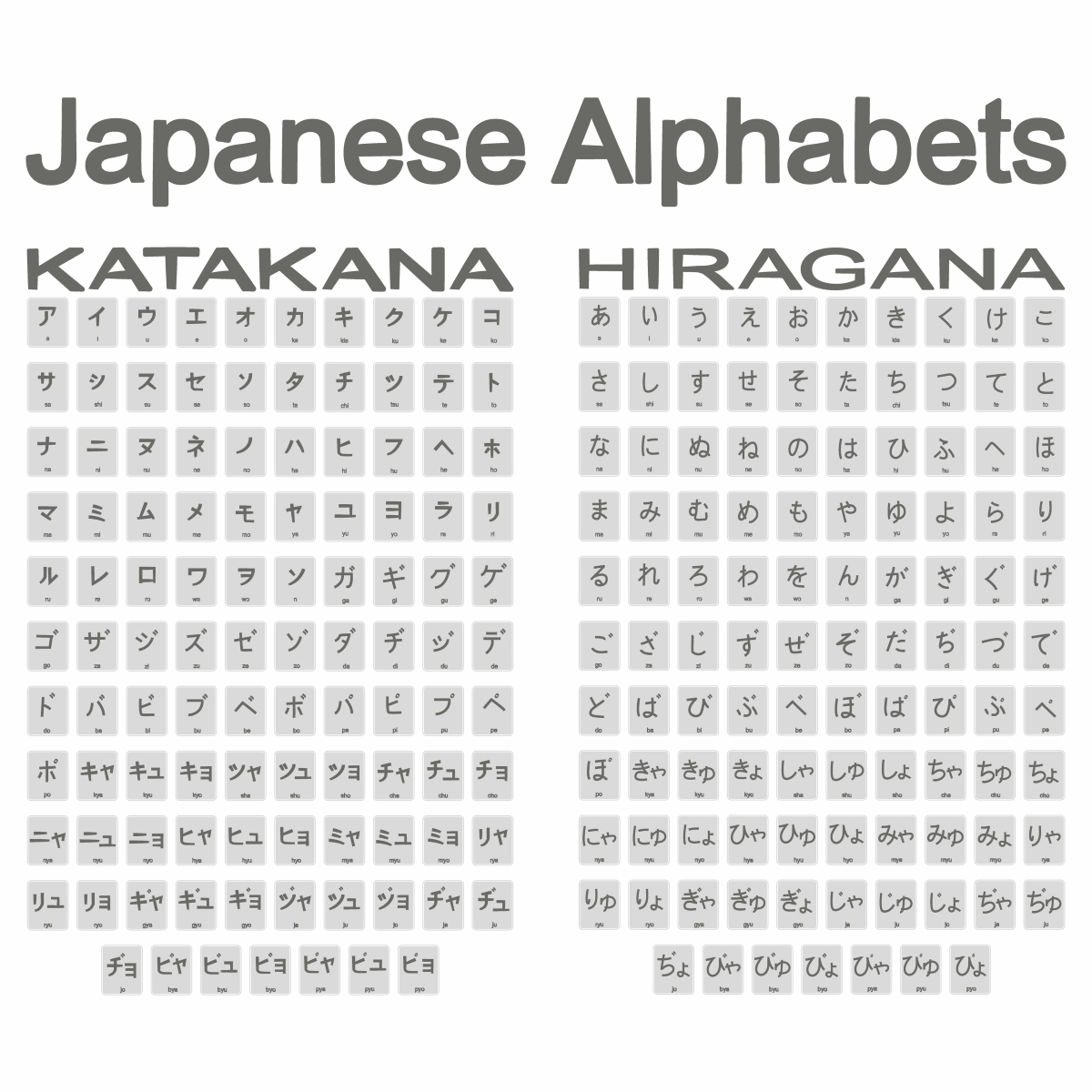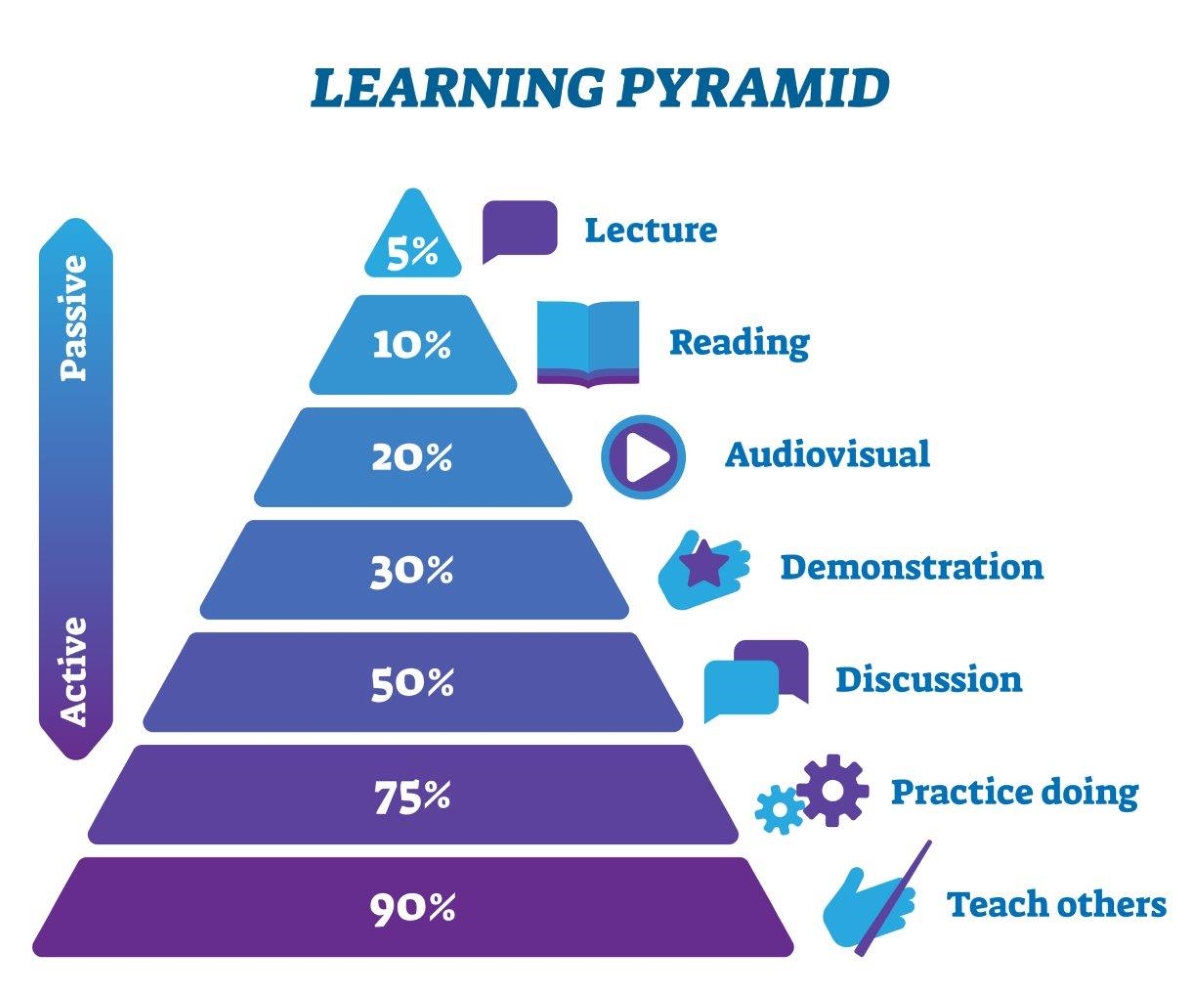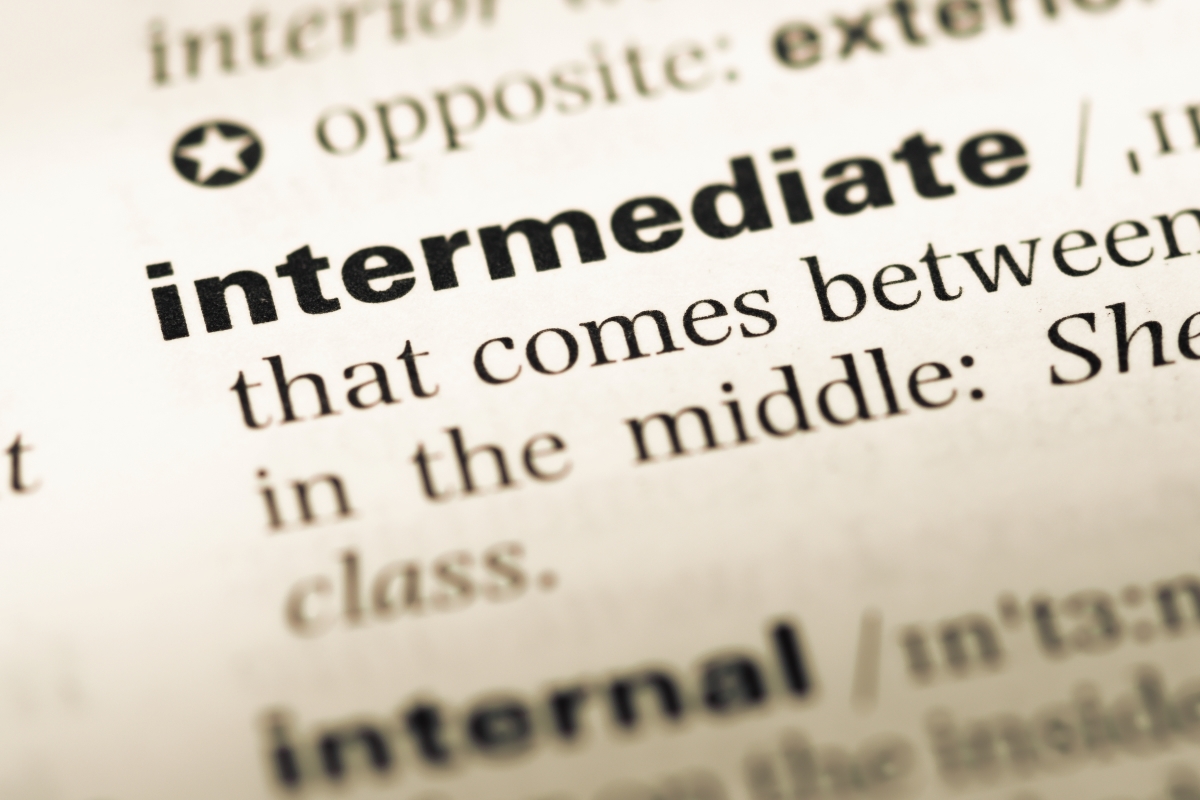
First, let’s think about what exactly is needed to be a good conversationalist of Japanese.
(1) Accurately understand the Japanese that the other person speaks.
(2) Answer in appropriate Japanese.
(3) Develop the conversation.
(4) Make the person think, “I want to talk to you again.
(1) and (2) are mainly Japanese language skills, and (3) and (4) are mainly communication skills. In other words, becoming a good conversationalist is a highly challenging mission that requires both comprehensive Japanese language skills and communication skills.
Next, let’s consider how to deal with each of these items.
For (1) and (2), you can “strengthen your listening skills,” “increase the number of sentence patterns you can use,” and “strengthen your pronunciation. I think you have already tried various study methods for them, but it takes time before you see results. Therefore, I would like to share with you the tips for (3) and (4), which are relatively quick to produce results.
Imagine that you are asked by Tanaka-san, “Do you like Japanese food? Then look at the following four responses.
A: Yes, I like it.
B: Yes, I like it. I like sushi.
C: Yes, I like it. I like sushi and I want to catch a tuna someday.
D: Yes, I like it. I like sushi and I want to catch a tuna someday. Where can I go in Japan to catch tuna?
You can see that the conversation is developing in the order of A<B<C<D. In order to develop a conversation, it is effective to "dig into the topic," "broaden the topic," and "ask the other person questions.
In the case of above “D”, if Tanaka-san is interested in fishing, you can move on to the topic of fishing and get the conversation going. (This is an example of digging into the topic.) If Tanaka-san is not interested in fishing, you can ask about his/her hobbies and how he/she spends his/her days off. (This is an example of broadening the topic.)
In addition, if you try to be cheerful, fun, positive, and provide useful and informative information to the other person as much as possible, you will increase the probability that he or she will want to talk to you again.
I think, even in your native language, some are fun to talk but others are not. And I am sure that the former people have these characteristics.
My advice to you is to improve both your Japanese language skills and your communication skills.

First, let me explain the difference between the direct method and the indirect method in learning Japanese.
The direct method means that the explanation is given in Japanese only.
The indirect method is to receive an explanation using a mediating language that the learner can understand (in most cases, the learner’s mother tongue).
If your native language is English, you may worry about whether it’s better to temporarily get explanations in English or to get explanations in Japanese. In the end, it depends on your preferences, but let’s consider the pros and cons of both methods.
Direct Method – Pros
-Learners will develop a habit of reasoning based on words they do know even if there are words they do not understand.
-Lessons can be taken in a form that closely resembles an actual conversation in Japanese.
Direct Method – Cons
-Learners will sometimes misunderstand.
-It may take a while before the learner can understand.
Indirect Method – Pros
-Explanations are definitely easier to understand.
-Learners can understand in a short amount of time.
Indirect Method – Cons
-It’s easy for learners to develop a habit of always thinking in their native language.
-It’s hard for learners to develop a habit of reasoning based on the Japanese they know.
-There may be many instances of not understanding when having an actual conversation in Japanese.
The indirect method is less stressful because beginners cannot understand explanations in Japanese. However, the advantage of studying using the direct method from the beginning is that learners are better prepared for a real conversation because they have been listening to actually conversations in Japanese only. In other words, the difference is whether you consider speaking only in Japanese as “stressful” or “good training.”
I recommend the following approach for people who want to become used to Japanese as quickly as possible, but who also want to use their lesson time efficiently.
・First, tell your instructor ahead of time not to use an intermediate language unless you request otherwise, and basically use Japanese only.
・Then, ask your instructor for explanations in an intermediate language only when you can’t understand no matter how hard you try.
However, make an agreement with your instructor not to use an intermediate language more than three times per lesson.
(It doesn’t matter if you agree to five times or ten times, it’s just seems best to use an intermediate language as little as possible.)
・Then, do not use an intermediate language more than the agreed number of times no matter how frustrating it becomes.
I recommend this approach because, by sticking to these rules, you will develop a habit of thinking for yourself as much as possible even when you don’t understand and you can enjoy your lessons like a game.
Should I learn Kanji characters? How many kanji do I need to learn?
February 1, 2022
If you are working in Japan, living in Japan, or aiming for an intermediate level or higher, the answer is yes.
The target number depends on your learning objectives. For example, if you want to be able to live comfortably in daily life in Japan, you should aim for about 1000 characters.
If you want to understand newspapers, books, magazines, Manga, etc., please refer to the following table.
—————————–
Number of kanji learned : How much you can understand (supplementary information)
—————————–
(1)100 characters : approx. 30% (Can read only some plain kanji. It is difficult to grasp the meaning of the whole text.)
(2)300 characters : approx. 50% (Begins to get used to kanji and can guess the meaning of difficult kanji.
(3)500 characters : approx. 70% (Can understand almost all the kanji that appear in the manga)
(4)1000 characters : approx. 90% (Can understand most of the kanji found in daily life)
(5)2000 characters : approx. 95% (Knowledge equivalent to that of an average Japanese working adult. Can live in a Japanese only environment without any difficulty)
If you take the JLPT, you will usually need the following number of kanji and study time.
—————————–
Level : Number of Kanji to learn (approximate number of study hours required to pass)
—————————–
N5 : 100 characters (150 hours)
N4 : 300 characters (300 hours)
N3 : 600 characters (450 hours)
N2 : 1000 characters (600 hours)
N1 : 2000 characters (900 hours)

Should I learn Hiragana and Katakana first?
February 1, 2022
I recommend to learn Hiragana and Katakana from an early stage, if you don’t have any special reasons.
Perhaps you know that once you learn touch typing your PC work efficiency quickly improves afterwards. Learning Hiragana and Katakana has the same benefit. Although it takes a little time in the beginning, when one considers the resulting increase in learning efficiency later, it’s best to learn them at an early stage.

Is it possible to master Japanese just by studying on my own?
February 1, 2022

If I had to choose between “there is a possibility” and “there is no possibility”, I would say “there is a possibility”. In fact, there are some people who have mastered it just by self-study. However, for many people, the learning effect is poor and the risk of failure is high, for the following reasons.
-Because of the lack of feedback, they are unaware of misuse.
-Inability to choose the best learning method and plan.
-It is difficult to maintain motivation.
The main reason for wanting to learn on your own is probably cost. If you want to keep the cost as low as possible, I recommend that you do as much as you can on your own, and then take lessons to learn only what you need to learn from a teacher.
What you can do on your own is mainly input type practice, such as learning vocabulary and basic sentence structure, listening practice, reading practice, etc. On the other hand, what you should practice with a teacher is mainly output type practice, such as pronunciation practice, conversation practice, writing practice, etc.
Which is better, online lessons or offline (face-to-face) lessons?
February 1, 2022

In terms of learning effectiveness, both are the same.
The advantages of online are convenience and cost, as shown below.
-No need to travel. As a result, you can make better use of your time and Price per lesson is relatively lower than offline.
-You can get the service that suits you best from lessons, teachers, and schools around the world.
One-on-one, group, or class lessons – which is better?
February 1, 2022

The answer to this question depends on the budget you can invest. This is because the fewer the number of students in a class, the more time you can spend on effective learning exercises, but the fewer the number of students, the higher the price per lesson.
Please also refer to the article “What learning methods work best?”
In Class lessons, there will be many students so it will be like just a lecture, no customization.
In Group lessons, there will be some students, it will be better because you can have more opportunities to ask questions and speak.
In 1:1 lessons, the teacher can know your goal, preference, situation and strong points as well as your weak points and they can customize accordingly.
But, cost wise, 1:1 is top, group is second and class is the lowest.
Please refer to another article for lesson prices.
Here are some other things to keep in mind.
-Not many schools offer class lessons for intermediate or advanced students.
-Most of the participants in class lessons are young students and there may be no other business people in the class.
-Group and class lessons have fixed schedules. You can choose your own schedule for one-on-one lessons.
-It is easier to stay motivated when you have classmates.
What learning methods work best?
February 1, 2022
When thinking about highly effective learning methods, what is frequently cited is the learning pyramid developed by NTL (National Training Laboratories Institute for Applied Behavioral Science) in the 1960s, which shows that different learning methods have different rates of memory retention.
The “learning pyramid”, sometimes referred to as the “cone of learning” suggests that most students only remember about 10% of what they read from textbooks, but retain nearly 90% of what they learn through teaching others.
The following resource give the retention rate for various study methods.

The amount that can be memorized merely by listening to a class is low. So try using your body as much as possible and combine reading, watching, writing, discussing, role playing, and so on.
Also, you probably already found a study method even more effective than role playing. It’s “teach others”. You can’t teach something very effectively to another person if you don’t know it very well. In other words, it’s necessary to understand the subject well in order to teach it effectively to another person. The study method that utilizes this principle is called “teach to learn”. Please try to teach another person (or even yourself) what you’ve learned. There are various methods you can use. You can collect all the points you’ve learned and make your own original textbook or you can upload what you’ve studied to SNS.
*To be precise, I would like to add that there are some criticisms for this learning pyramid that is not well-founded. However, many instructors who have been involved in language education for many years feel that different learning methods have different effects, and many of them support this. Also, since active learning is said to be effective, I thought it would be helpful to introduce it here based on my actual experience, although it may not be an accurate resource.
From what level, should I study Business Japanese?
February 1, 2022
In general, many of the vocabulary and expressions used in business Japanese are difficult.
For this reason, it is recommended that you start at an intermediate level or higher.
However, if you need to speak business Japanese right now, you can start right away.

Any Advice for intermediate Japanese speakers?
January 27, 2022
At the intermediate level, you can understand Japanese to some extent, so you can take it easy if you want to. However, in order to move up to the advanced level, more effort is required. Specifically, it is important to make efforts to improve your “accuracy” and “fluency.

I will explain them in detail in this order.
(1) Improving accuracy
Some people repeat wrong usage over and over again. In technical terms, this is called “fossilization of misuse”. It is a condition in which a language item or rule has been learned incorrectly and remains as such. It is most likely that you are not aware of the error, or you disregard the error, but to a native speaker, the error may be worrisome. Ask a native speaker or a Japanese language teacher to point them out and correct them.
(2) Improve fluency
You need to learn how to say and use things in a more native-like manner. The most effective ways to do this are to read more and shadow-wing. Expose yourself to what native speakers read and listen to as much as possible.
Categories
Recent Posts
- I cannot keep up with meetings conducted in Japanese. Are there any good ways to study?
- Are there any good writing materials for business Japanese? (Three keys to developing business Japanese writing skills.)
- Are there any free materials available for studying business Japanese reading?
- Should I read newspapers for reading practice in business Japanese?
- Are there any good business magazines to practice reading business Japanese?
Archives
- August 2022
- June 2022
- May 2022
- April 2022
- March 2022
- February 2022
- January 2022
- October 2021
- January 2021
- August 2020
- July 2020
- June 2020
- May 2020
- April 2020
- March 2020
- February 2020
- January 2020
- December 2019
- November 2019
- October 2019
- September 2019
- August 2019
- July 2019
- June 2019
- May 2019
- April 2019
- March 2019
- February 2019
- January 2019
- December 2018
- November 2018
- October 2018
- September 2018
- August 2018
- July 2018
- June 2018
- May 2018
- April 2018
- March 2018
- February 2018
- January 2018
- November 2017
- October 2017
- July 2017
